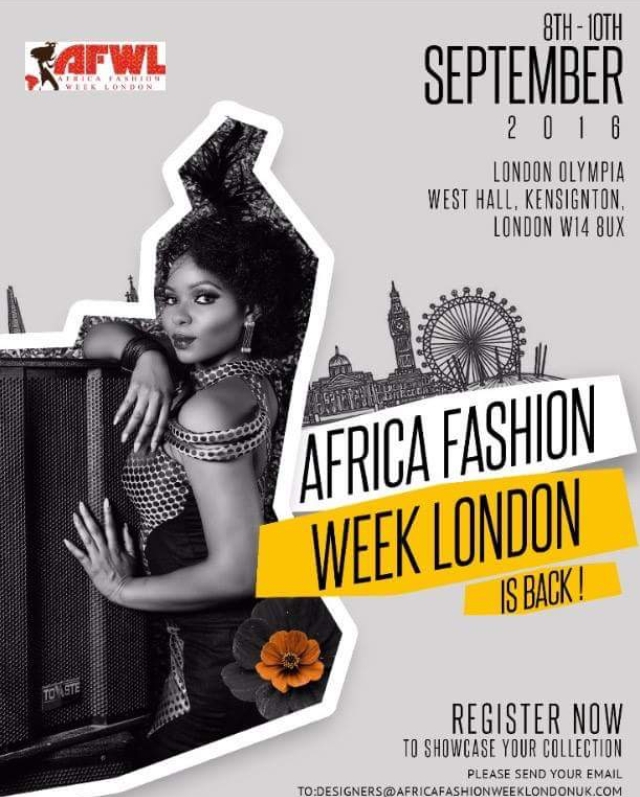African fashion has boomed in recent years, fuelled by the rise of Afrocentrism and changing perceptions of the continent. Today fashion designers are leveraging its rich cultures, history, and fabrics to create a name for themselves.
One such designer is Nigerian Maki Oh, whose clothes have been worn by Michelle Obama and Beyoncé.
Further up the value chain, the apparel and footwear industry is also seeing growth and is estimated to be worth US$31bn in sub-Saharan Africa, according to the research group Euromonitor.
Ethiopia’s low-cost textile industry has recently attracted interest from foreign retailers – the industry has experienced growth of 51% over the past six years. H&M and Tesco are already sourcing garments from the market, while PVH Corp (which owns the Calvin Klein brand) has recently set up a factory in Ethiopia’s Hawassa Industrial Park, a mega facility located 275km southeast of the capital, Addis Ababa.
Mauritius is Africa’s leading manufacturer and seller of apparel abroad – accounting for $761.3m in apparel exports, according to the African Development Bank (AfDB). And in Lesotho, apparel makes up 60% of total exports and 80% of its manufacturing workforce.
But despite this, Africa’s clothing and fashion industry is still in its infancy. For example, the 10 largest textile exporters make up only 0.5% of worldwide textile production, reveals the AfDB. And although the continent produces 10% of the world’s cotton, much of this is exported to Asian markets, where it is spun into yarn and then woven into fabric. Not enough value is added on the continent.
Furthermore, while the AfDB estimates Africa’s fashion industry could be worth $15.5bn over the next five years, this is only a small share of the industry’s global value of $1.3tn. High operational and logistical costs, alongside little government support, are some of the major limitations facing the industry. As a result, 90% of African fashion businesses are SMEs that lack the funds, skills, and support to grow beyond the small stage and to scale operations.
In an effort to address this, the AfDB is launching its Fashionomics B2B platform – which looks to build up African fashion in the global value chain. The platform will be made public in the first quarter of 2017 and aims to strengthen each link of the value chain – from cotton farmers to fashion designers.
“The platform will link designers throughout Africa with other designers, buyers, and suppliers. It will also connect them to financial services providers and mentors to help them grow their businesses,” highlighted Emanuela Gregorio, gender specialist at the AfDB and one of the brains behind Fashionomics.
The initiative is being pioneered by South African politician Geraldine Fraser-Moleketi, who is now the AfDB special envoy on gender and vice-president. A prototype of the platform was launched this month.
“We know that as production costs rise in Asia‚ Africa offers another frontier in the search for new apparel-sourcing markets. With a strong apparel tradition‚ a large entrepreneurial workforce and the right incentives‚ African countries‚ including South Africa‚ are compelling new sourcing destinations for global brands,” Fraser-Moleketi was quoted as saying by Times Live at the initiative’s launch in Johannesburg earlier this month.
“And we want to make it very clear that Africa should not just be seen as the source of labour… We want to become the centre of creation‚ of innovation.”
Credit: Howwemadeitinafrica.com





